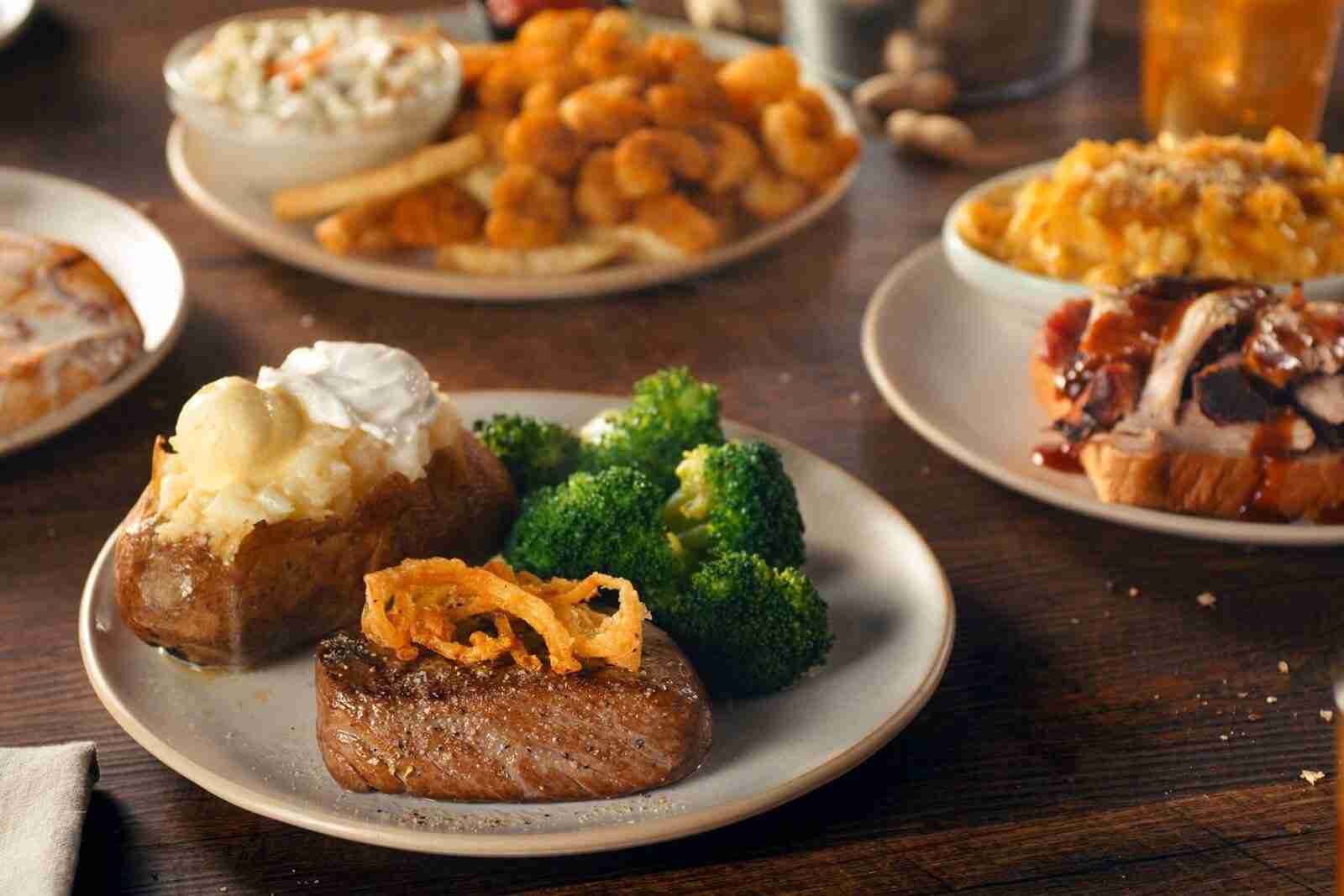
In the realm of American dining, Texas Roadhouse Nutrition stands out as a beacon of hearty, flavorful meals that evoke the spirit of the Lone Star State. From sizzling steaks to mouthwatering ribs, this popular chain has captured the hearts and appetites of many. However, alongside the undeniable allure of its menu lies a concern shared by health-conscious diners: nutrition.
In recent years, as people become increasingly mindful of their dietary choices, the scrutiny of restaurant menus has intensified. Texas Roadhouse, with its reputation for indulgent, meat-centric dishes, is no exception. In this article, we delve into the nutritional landscape of Texas Roadhouse offerings, examining the calorie counts, macronutrient profiles, and potential health implications of its most beloved dishes.
A Brief Overview of Texas Roadhouse
Texas Roadhouse, founded in 1993 in Clarksville, Indiana, has since expanded to over 600 locations across the United States and internationally. The restaurant prides itself on its hand-cut steaks, made-from-scratch sides, and legendary rolls served with honey cinnamon butter. Its ambiance is casual and welcoming, with a Western-themed décor that adds to its charm.
While Texas Roadhouse has gained a loyal following for its generous portions and robust flavors, it has also faced criticism for the nutritional content of its menu items. With dishes often laden with butter, salt, and rich sauces, many diners wonder how these choices align with their health goals.
Navigating the Menu: Caloric Considerations
One of the first things health-conscious individuals look for when dining out is the calorie content of menu items. At Texas Roadhouse, the calorie counts can vary significantly depending on the dish and portion size. Let’s take a closer look at some popular menu items and their approximate calorie counts:
- Steaks: Texas Roadhouse is renowned for its steaks, which are hand-cut and grilled to perfection. A 6-ounce USDA Choice Sirloin clocks in at around 320 calories, while a heartier 16-ounce Prime Ribeye can exceed 1,000 calories. Opting for leaner cuts like the Filet or Sirloin can help keep calorie counts in check.
- Ribs: The Fall-Off-The-Bone Ribs, a crowd favorite, can pack a caloric punch. A half rack with BBQ sauce contains approximately 900 calories, while a full rack can exceed 1,500 calories. These numbers may vary based on the sauce and seasoning choices.
- Sides: While sides like fresh vegetables or a baked potato can be relatively low in calories, indulgent options like loaded mashed potatoes or buttered corn can significantly increase the calorie content of a meal. A serving of loaded mashed potatoes can add over 400 calories to your plate.
- Appetizers and Starters: Texas Roadhouse offers a variety of appetizers, including fried pickles, Rattlesnake Bites (deep-fried jalapeno and cheese bites), and Cactus Blossom (a colossal onion blossom served with dipping sauce). These starters can range from 500 to over 1,000 calories, depending on the portion size and ingredients.
Macronutrient Breakdown: Protein, Carbs, and Fat
Beyond calorie counting, understanding the macronutrient composition of menu items can provide valuable insight into their nutritional profiles. Let’s explore the breakdown of protein, carbohydrates, and fat in some Texas Roadhouse staples:
- Protein: Unsurprisingly, protein takes center stage in many Texas Roadhouse dishes, particularly the steaks and ribs. A 6-ounce Sirloin steak contains around 48 grams of protein, making it a substantial source for those seeking to meet their protein needs. Ribs are also rich in protein, with a half rack providing approximately 50 grams.
- Carbohydrates: Carbohydrates are prevalent in Texas Roadhouse sides and starters, especially those featuring potatoes or bread. A serving of the famous rolls with honey cinnamon butter can deliver upwards of 300 calories, primarily from carbohydrates. Sides like sweet potato fries or macaroni and cheese can also be carbohydrate-heavy, with over 50 grams per serving.
- Fat: Fat content varies depending on the dish and cooking methods employed. Steaks and ribs naturally contain fat, with fattier cuts like ribeye boasting higher fat content. Additionally, the use of butter and oil in cooking and seasoning can contribute to the overall fat content of a meal. While fat is an essential nutrient, diners may want to be mindful of excessive intake, especially if watching their calorie intake.
Health Implications and Considerations
While Texas Roadhouse offers a tempting array of dishes, indulging too frequently in these hearty meals can have implications for one’s health. Here are some factors to consider when dining at Texas Roadhouse:
- Portion Sizes: Texas Roadhouse is known for its generous portions, which can lead to overeating. Opting for smaller portion sizes or sharing meals can help mitigate calorie intake.
- Sodium Content: Many Texas Roadhouse dishes are high in sodium, which can contribute to hypertension and other health issues. Diners watching their sodium intake should be mindful of menu choices and consider asking for sauces and dressings on the side.
- Balance and Moderation: While it’s tempting to indulge in the rich flavors of Texas Roadhouse, balance and moderation are key. Pairing a lean protein like grilled chicken with a side of steamed vegetables can create a more balanced meal.
- Customization: Texas Roadhouse offers customization options for many dishes, allowing diners to tailor their meals to their dietary preferences and restrictions. Asking for sauces and dressings on the side, choosing grilled over fried options, and substituting sides for healthier alternatives are all ways to make dining at Texas Roadhouse more health-conscious.
Conclusion
Texas Roadhouse offers a delectable dining experience rooted in the traditions of Southern hospitality and robust flavors. However, navigating the nutritional landscape of its menu requires mindfulness and awareness of portion sizes, macronutrient profiles, and health implications. By making informed choices and practicing moderation, diners can savor the flavors of Texas Roadhouse while maintaining a balanced approach to nutrition. Whether indulging in a juicy steak or savoring a side of fresh vegetables, there’s something for everyone at Texas Roadhouse.